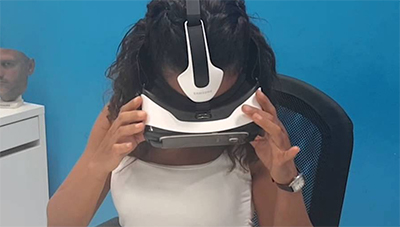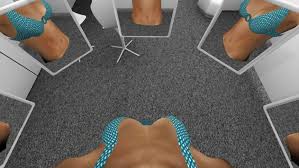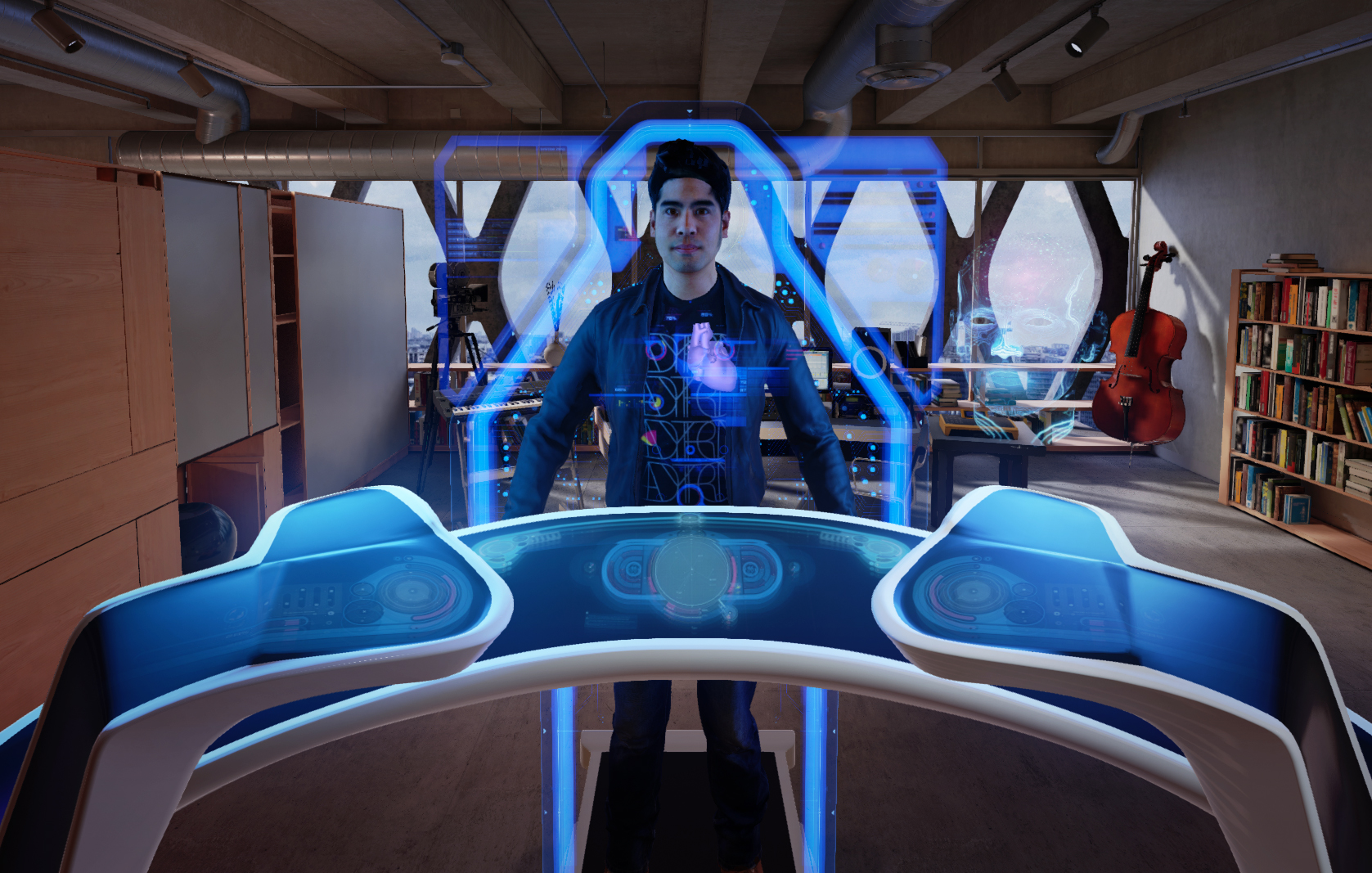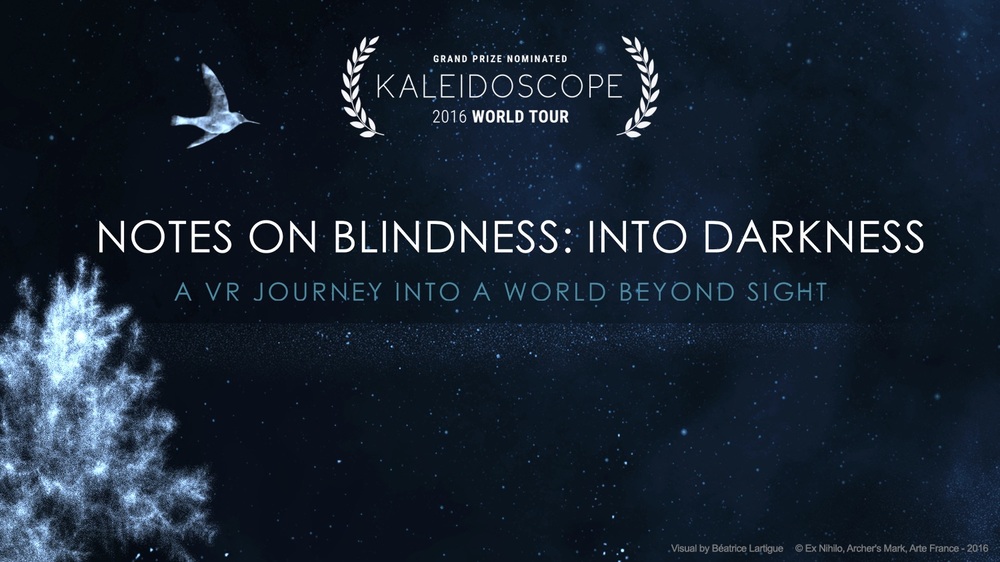Crisalix Helps Cosmetic Surgery Patients Take Control Though VR
Published · Updated
by Rebecca Harper —
The decision to undergo cosmetic surgery is a deeply personal one, and regardless of how celebrities might normalise the process, it’s still a life-changing decision. Whether it’s for health reasons or aesthetic reasons, one of the biggest problems faced by surgeons is the issue of ensuring that the patient is adequately prepared for the procedure. It isn’t uncommon for patients to arrive in the doctor’s office with a heavily edited image taken from a magazine or social media. With their augmented photo in hand, they are asking the surgeon to do the impossible. This presents the surgeon with the difficult task of adequately managing their expectations. With the help of virtual reality technology, this task is all set to get a lot easier.
Crisalix is one VR programme that is all set to change the landscape for cosmetic surgery. Using virtual reality goggles, patients can spend as much time as they need in a virtual room full of mirrors. This allows them to see a 360° view of how they would look following their cosmetic surgery procedure. This might mean they have an opportunity to try on larger breasts or smaller breasts, or see how they might look following a breast lift. The patient can turn around and see their body from all angles and even look down to see how they look. In the past, the only option available to patients was 2D imagery and this was later replaced with 3D renderings presented on a 2D surface. With virtual reality, the patient can step into a postoperative world and have a peek at the results.


This technology has been best put to use for breast augmentation patients, where getting the right size is crucial. According to a 2014 survey of cosmetic surgery patients, two thirds are left with feelings of regret following their procedure. Of those, 33% said that the results did not match their expectations. With virtual reality, patients are empowered to make the right choices for their individual circumstances based on more accurate information. The virtual reality rendering is a deeply personal experience which provides a physical and emotional barrier to allow the patient to make their decision in their own time.
According to Gary Ross, a leading cosmetic surgeon in Manchester, the technology is empowering for the patient and the surgeon and encourages a stronger bond between the two. In an article for Tonic magazine, Ross said: “When you’re using them, you start spending more time with people. As soon as you’ve got that sort of engagement, they’re more open and transparent. It’s more understanding of what they want.” As an early adopter of this technology, Ross is clearly ahead of the curve when it comes to adopting VR technology.
Although there is still a long way to go to make the technology look more lifelike, there is an argument to be made that the developers should retain some level of unreality to the images. This will ensure that patients always remember that their procedure is serious, life changing and not to be taken lightly.
For more information on Crisalix cosmetic surgery VR simulation software, please visit their website at www.crisalix.com.

About Our Guest Contributor
Rebecca Harper is a nursing student based in Manchester. Since completing her first internship with a restorative plastic surgeon, she is now hoping to become a theatre nurse after graduation. In her spare time, she loves taking long walks with her dog and exploring her city.





What do you think?
You are the first to add a thought